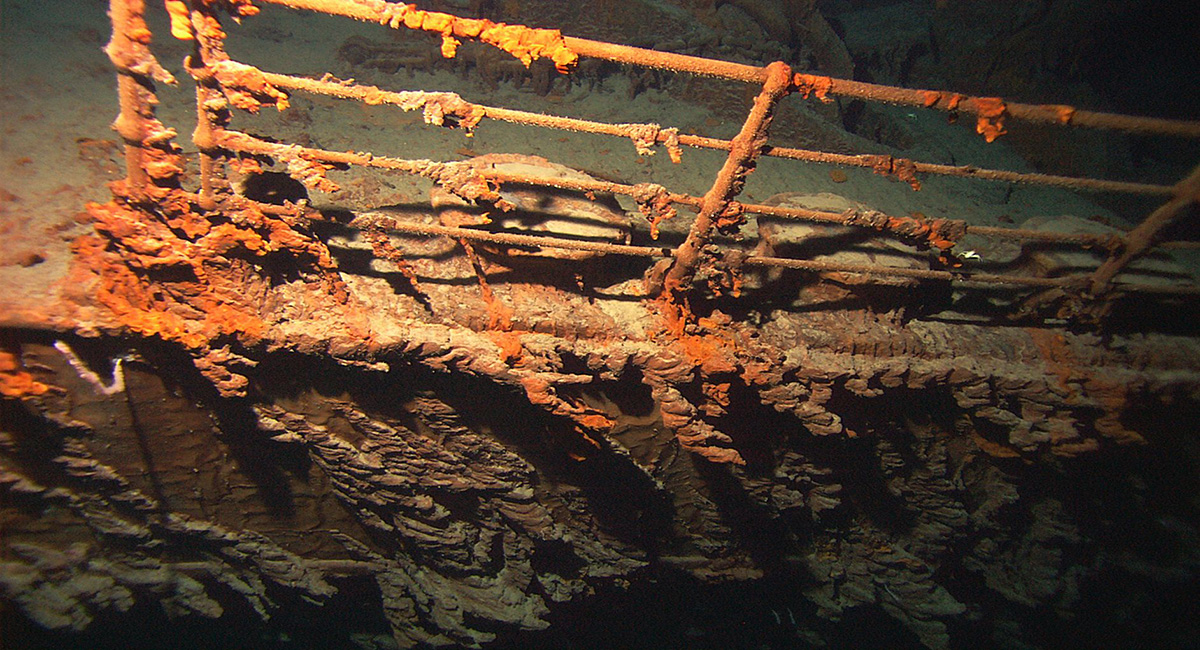When the Titanic was discovered in 1985, engulfed in darkness more than 12,000 feet below the surface, a media frenzy ensued. The truth behind the discovery was kept under wraps, until now.
Robert Ballard, a US Navy commander and scientist with the Woods Hole Oceanographic Institute, was tasked by the US government to recover two sunken nuclear subs — the USS Thresher and the USS Scorpion, two American submarines that sank in the 1960s.
“We knew where the subs were,” Ballard told CNN. “What they wanted me to do was go back and not have the Russians follow me, because we were interested in the nuclear weapons that were on the Scorpion and also what the nuclear reactors (were) doing to the environment.”
Ballard’s team had less than two weeks left to hunt for the Titanic after they wrapped up work on the submarines. When the discovery was made, the team was ecstatic. “When we found the Titanic, we naturally were very excited, because it was a tough job. We got it, scoring the winning goal at the buzzer,” Ballard gushed.
When the Titanic’s discovery announcement was made, it was the perfect cover for what true mission really going on more than 10,000 feet below the ocean’s surface. At the time, Captain Brent Baker, a Navy spokesman, said the project was a simple test of oceanographic equipment.
”There was nothing classified,” Dr. Robert Spindel, the head of the Woods Hole Ocean Engineering Department, said in a statement to the Times.
Now, over 30 years later, Ballard says that’s not the case: “They did not want the world to know that, so I had to have a cover story.”
Thanks for reading InsideHook. Sign up for our daily newsletter and be in the know.


















